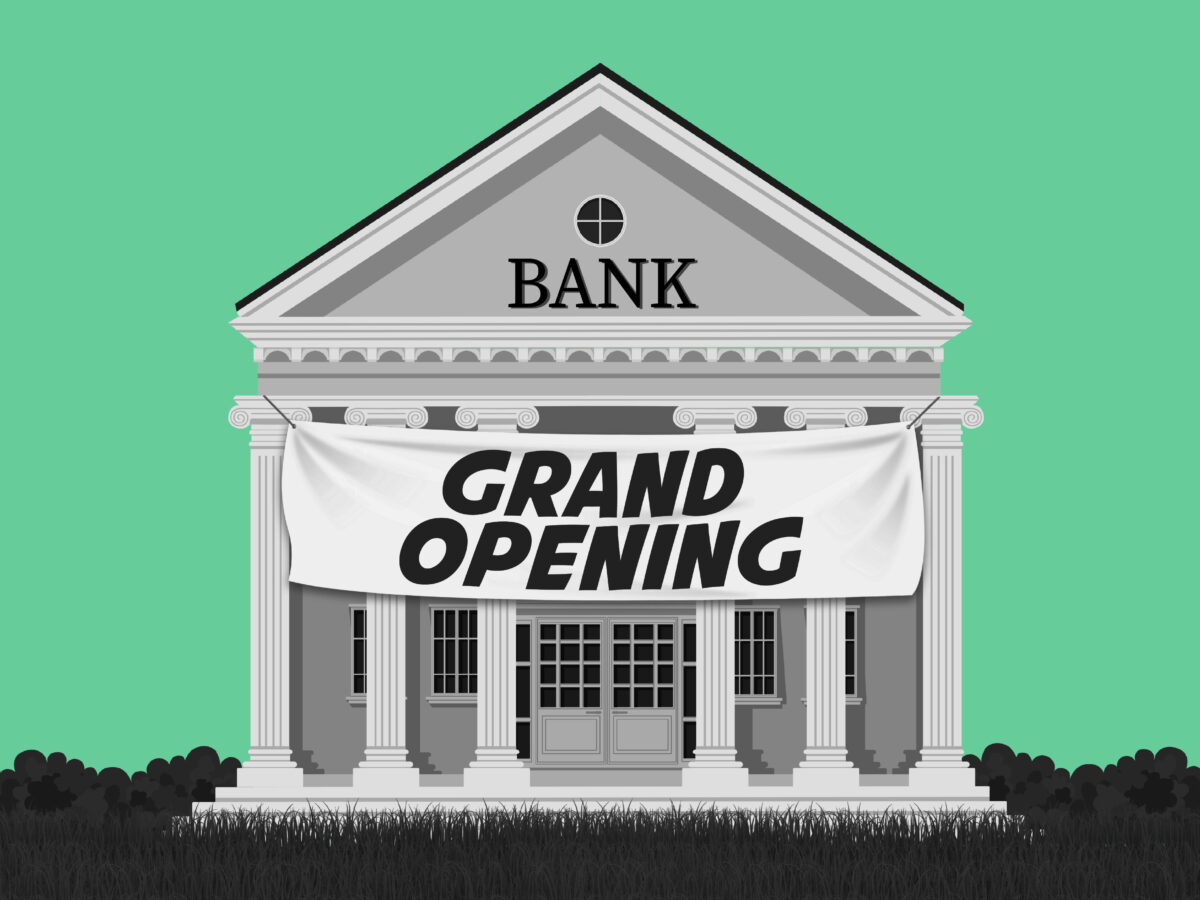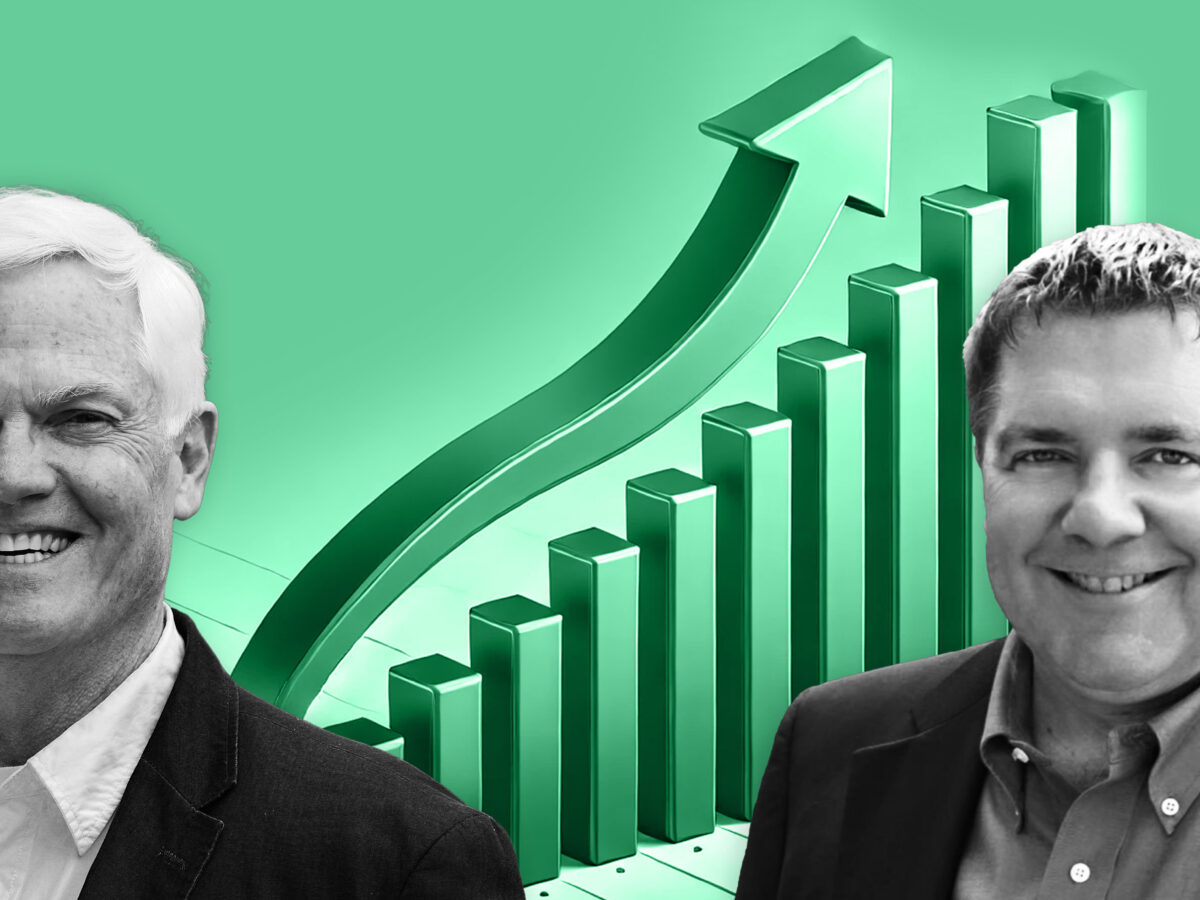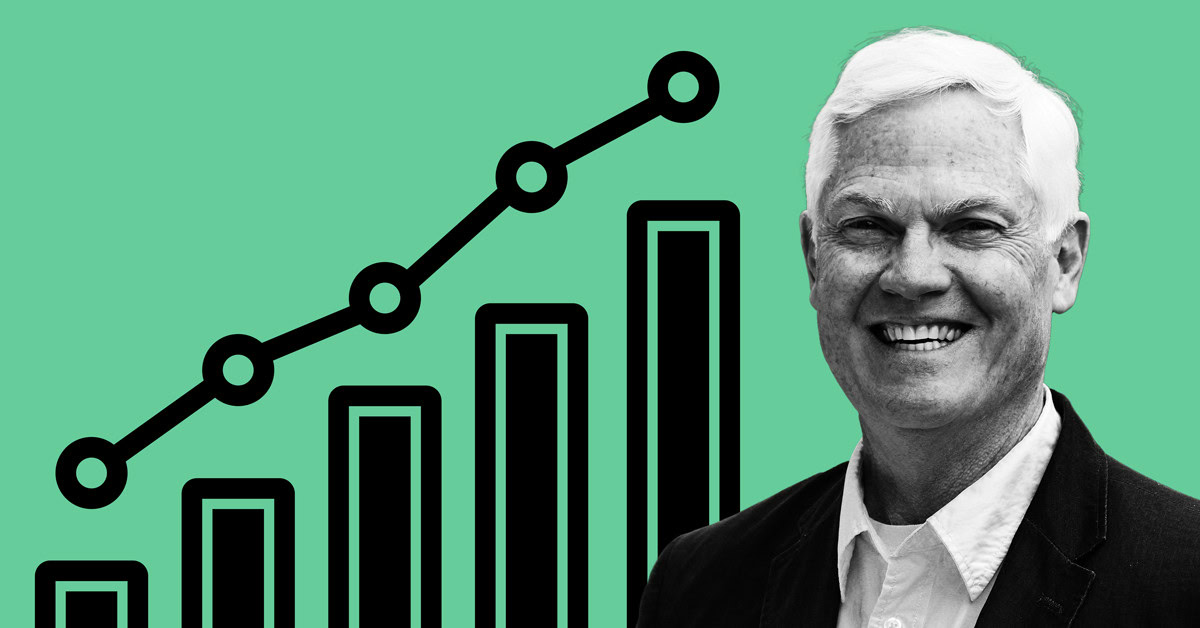The Missing Component Holding Back the Growth of Community Financial Institutions: A Balanced, Strategic Marketing Plan

Far too many community financial institutions view marketing as an expense and a transactional exercise rather than a long-term investment aligned with an institution’s Go-To-Market (GTM) Strategy. (To review the components of a GTM Strategy, see my blog article from January, 2024). In many cases, marketing campaign activity tends to be episodic based on an institution’s near-term needs for new deposits or loans.
As a result, institutions fail to budget properly to support longer-term strategic goals such as brand awareness, brand reputation and positive predisposition; all these are necessary pre-conditions to become part of a consumer’s consideration set as a trusted and valued banking partner.
This attitude toward marketing is surprising considering the fact that consistent marketing investments in support of a balanced, strategic marketing program results in accelerated revenue growth. One report by the Financial Brand revealed an interesting metric: in 2018, banks generated $18.34 for every dollar spent on marketing, a 26.7% increase from 2015. Our own proprietary studies have also validated the impact of the right level of consistent marketing investments on revenue growth. We will share an updated White Paper on this topic soon.
So, what does a balanced, strategic marketing plan and program look like? It starts with the prioritization of growth goals by area. All community financial institutions, even those with strong marketing leadership and commitments to strategic marketing investments, can up their game by ensuring they have all the components in place to drive the consumer through the customer journey from the top of the funnel on down.
- An “Always-On, Brand-First” Component – Marketers know that a consistent presence in the market builds and maintains awareness levels. This “top of funnel” brand-first component improves the performance of the other down-the-funnel media components to move prospects toward conversion. A consistent brand-first presence should use an efficient mix of traditional and digital media to drive home a relevant, likeable and memorable brand positioning.
- A “Prospect Conversion” Component – Conversion campaigns are used to promote a specific product and offer, with the goal of attracting new customers. These campaigns are most effective, and return the highest ROI, when the target audience is narrowed to the highest-propensity audiences. Conversion campaigns increase the frequency of message exposure to these audiences in order to drive engagement including click-throughs to online campaign landing pages and to interaction with bank staff online or in-branch. There is a clear relationship to online engagement and in-branch activity or engagement with lenders and relationship officers. Audience-first, data-driven marketing programs can dramatically increase results, ROI and future predictability.
- A “Capture the Moment” Component – When retail prospects are in the market searching for a product solution like a higher-rate Money Market Account, they resort to online search. A segment of target prospects who have been exposed to your “Always-On” and “Prospect Conversion” campaigns will often search for your brand with a specific product type. You need to have a proper presence in the search results and protect your prospect from being picked off by competitors. That requires that a portion of your marketing budget to be allocated to search presence (SEO/SEM) via Pay-Per-Click strategies.
- A “Customer Development” Component – Many marketers think their marketing program has finished its work once a prospect has converted to a new customer. They tend to have a “we’ll take it from here” approach by doing email onboarding and personal outreach. However, there is a big opportunity to onboard customers to digital and social marketing exposure so they see your brand in their normal online content consumption. This strategy can be highly efficient in delivering relevant brand and product messaging and building customer retention longer-term.
Looking ahead to a future blog, we will address how prioritizing the right revenue-driving products and solutions contributes to a balanced, strategic marketing program. In the meantime, examine your current marketing program to assess if you have all the components covered appropriately to achieve a balanced, strategic marketing program.
Princeton Partners is dedicated to Community Bank Success. Learn more at our Financial Services page.





